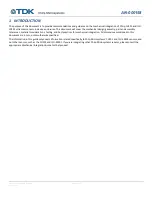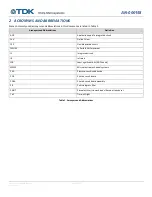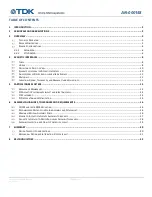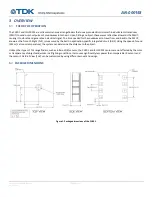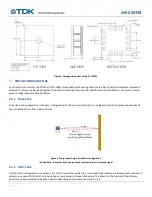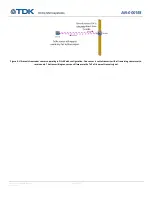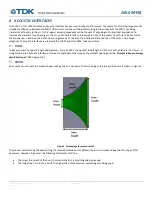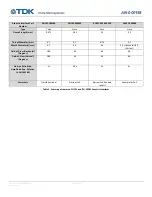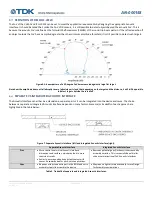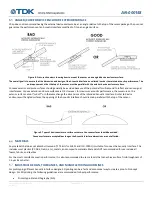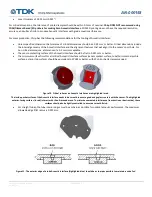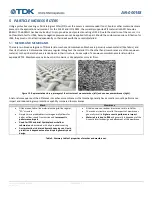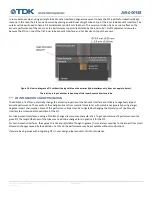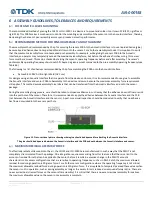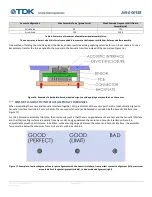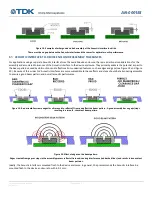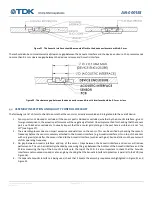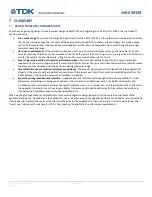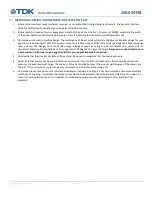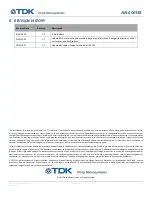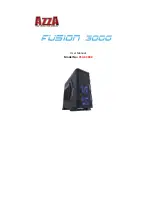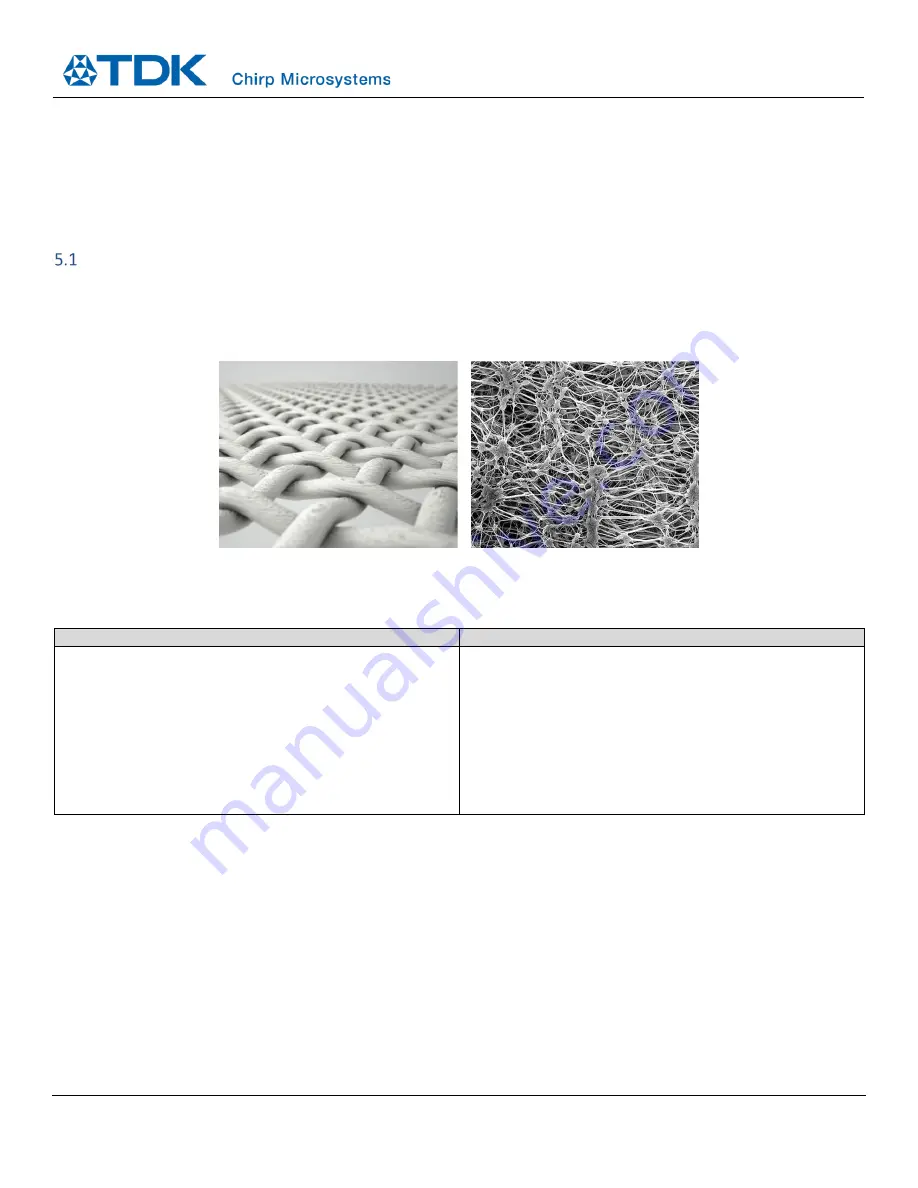
AN-000158
Document Number: AN-000158
Page 13 of 22
Revision: 1.2
5
PARTICLE INGRESS FILTERS
Using a protective covering or Particle Ingress Filter (PIF) over the sensor is recommended if dust, liquid or other contaminants are
present in the application environment. For the CH101 and ICU-10201, the currently supported PIF material is SAATI Acoustex
B042HY. The B042HY has been tested by Chirp to provide a dust protection rating of IP5X. Due to the small size of the sensor, it is
not feasible to test for IP6X, because negative pressure cannot be applied to the part. Should the customer require certification for
IP6X, they must run that test independently on their device with the sensor(s)installed.
MESHES AND MEMBRANES
There are two broad categories of PIF materials: meshes and membranes. Meshes are primarily woven material (like fabric), and
thus its structure is 2-dimensional and very regular throughout the material. On the other hand, membranes are often nonwoven
material, so they inherently have a randomness in their structure. An example of a nonwoven membrane material would be
expanded PTFE. Membranes can also be solid, thin barriers, like polyester or mylar films.
Figure 12. Representative close-up images of the structure of woven meshes (left) and nonwoven membranes (right).
A natural consequence of the difference in meshes vs membranes is that meshes generally have a smaller acoustic performance
impact and reduced ingress protection capability compared to membranes.
Mesh
Membrane
•
Often woven, fabric-like material with a grid-like, regular,
“2D” structure.
•
Simpler, more predictable structure generally allows for
better airflow, sound transmission and
less acoustic
performance impact
•
Good for IP5X and brief liquid splash or shallow
submersion
when coated with a hydrophobic coating
•
Dust protection is dictated by mesh opening size
.
Liquid
protection is dependent on acoustic path geometry and
design.
•
Either nonwoven, random structure or a thin solid film
•
The random structure or solid film aspects of membranes
generally result in
higher acoustic performance impact
•
Materials rated up to IP68
and generally independent of the
Acoustic Interface design and placement of the membrane.
Table 4. Summary table of properties of meshes and membranes.


